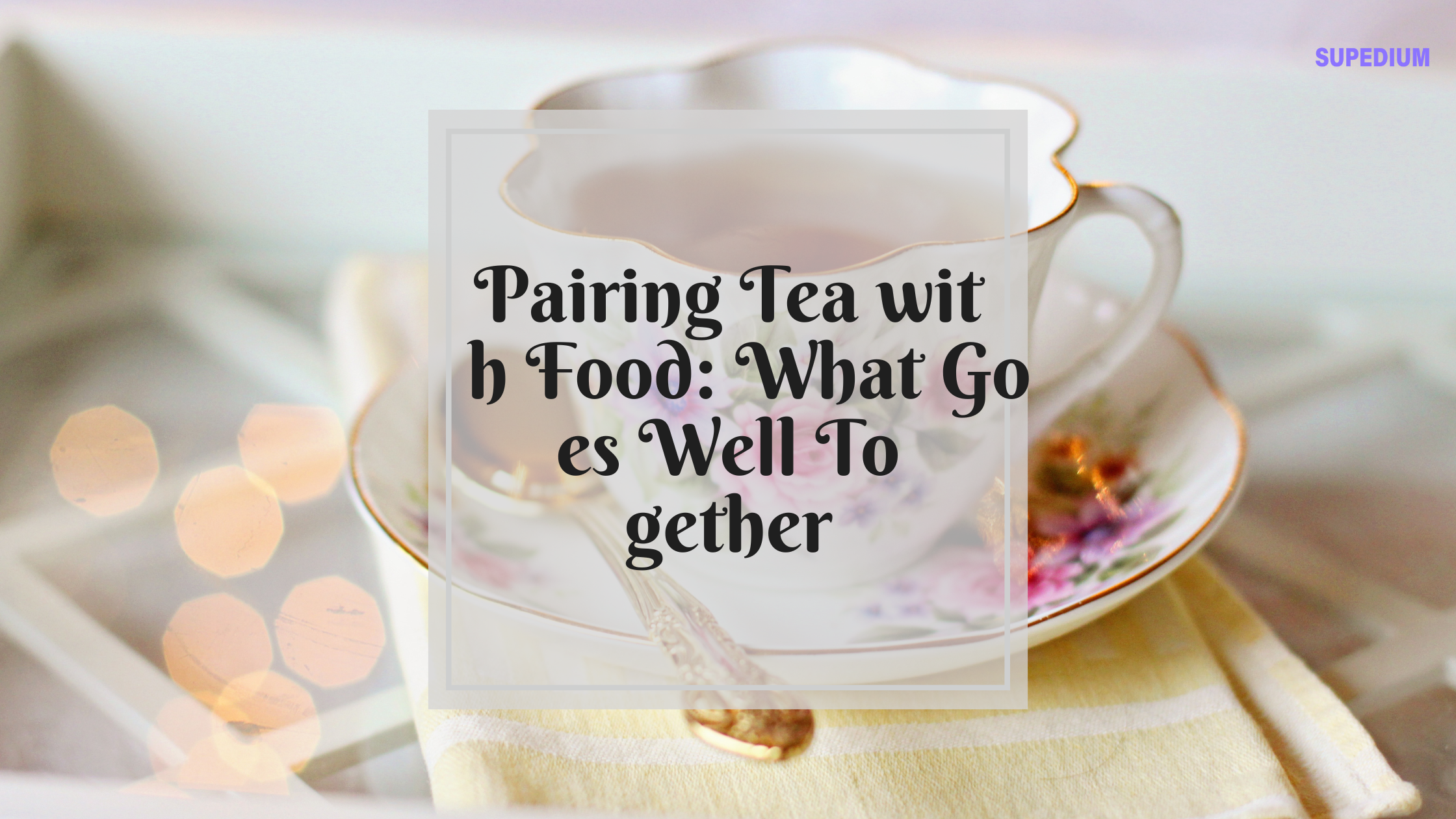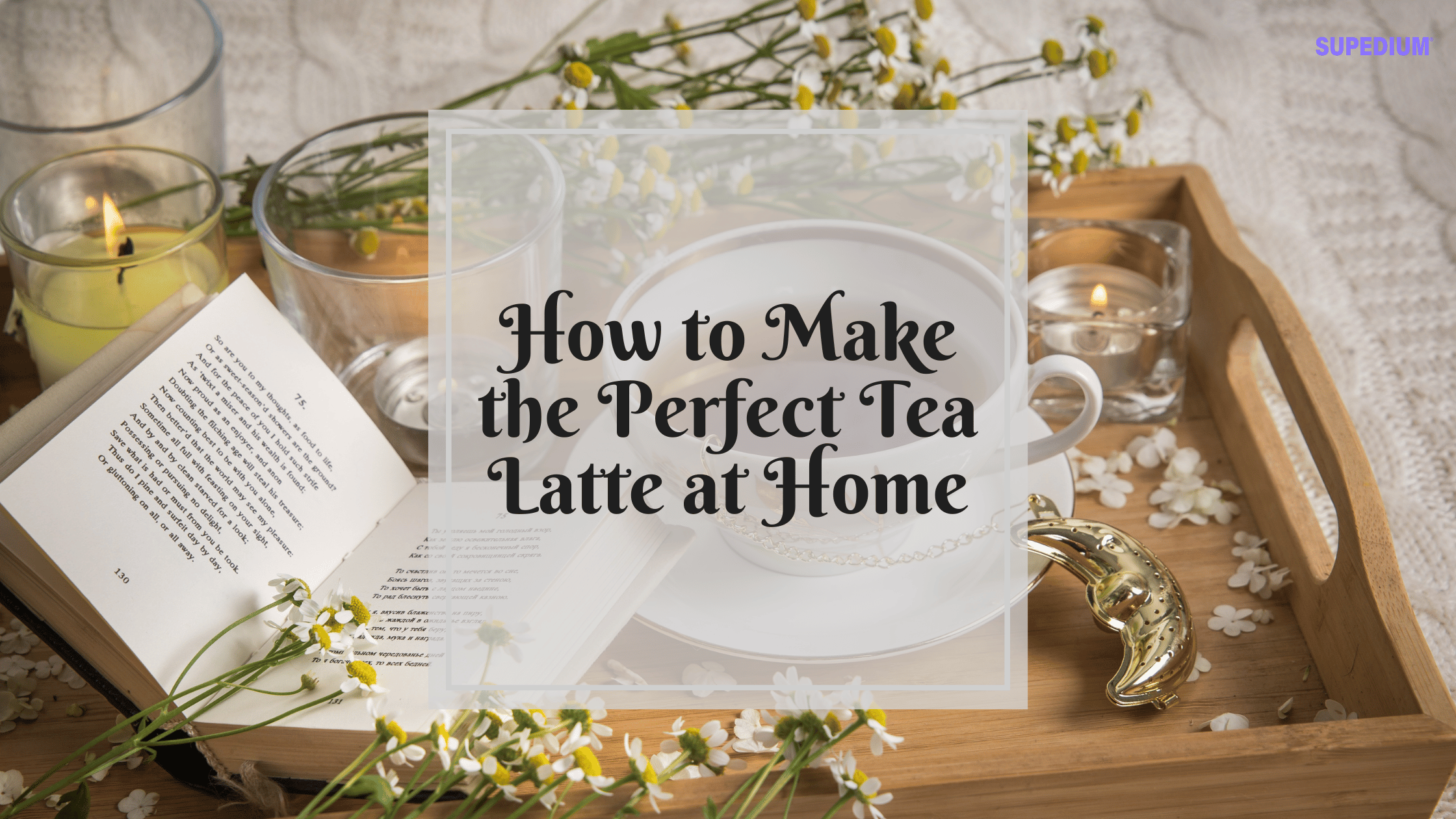Table of Contents
![]()
Tea is a versatile beverage enjoyed worldwide, and when paired with food, it can elevate the dining experience to new heights. Understanding how to pair tea with food involves more than just matching flavors; it’s about enhancing the overall taste and balance of the meal. This article explores the principles of tea and food pairing, offering practical suggestions and insights into creating delightful combinations.
Understanding Tea Varieties and Flavors
To pair tea with food effectively, it’s crucial to understand the different types of tea and their unique flavor profiles:
- Black Tea: Known for its robust and bold flavors, black tea can have malty, astringent, or even smoky notes. Common varieties include Earl Grey and Assam.
- Green Tea: With its fresh, grassy, and sometimes vegetal flavors, green tea is lighter and often described as having a subtle sweetness. Sencha and Matcha are popular types.
- White Tea: This tea is delicate and subtle, with a light, slightly sweet flavor profile. It includes varieties such as Silver Needle and White Peony.
- Oolong Tea: Bridging the gap between black and green teas, oolong tea can range from floral and fruity to roasted and nutty, depending on its processing.
- Herbal Tea (Tisanes): Made from herbs, fruits, or flowers, herbal teas offer a wide array of flavors, including floral, fruity, and spicy, and are typically caffeine-free.
General Principles of Tea and Food Pairing
When pairing tea with food, consider these fundamental principles to enhance both the tea and the dish:
- Matching Intensity: The strength of the tea should complement the intensity of the food. For example, a strong black tea pairs well with hearty, rich foods, while a delicate white tea suits lighter dishes.
- Complementary vs. Contrasting Flavors: You can either enhance similar flavors (complementary pairing) or balance opposing flavors (contrasting pairing). For instance, a sweet dessert may be complemented by a floral tea, or a spicy dish might be balanced with a cooling green tea.
- Texture Considerations: Match the texture of the tea with the food. Smooth teas often go well with creamy or rich dishes, while crisp teas pair nicely with lighter, more delicate foods.
Pairing Tea with Specific Types of Food
Here’s a guide to pairing tea with different meal types:
- Breakfast Foods:
- Black Tea: Pairs excellently with hearty breakfast items such as eggs and bacon. The bold flavor of black tea complements the richness of these dishes.
- Green Tea: Ideal with lighter options like avocado toast, offering a fresh and vibrant contrast.
- Herbal Teas: Fruity herbal teas, such as hibiscus, pair well with fruit salads, enhancing their natural sweetness.
- Appetizers and Starters:
- Oolong Tea: Complements dishes like dim sum with its complex flavor profile that can match the variety of tastes in these appetizers.
- White Tea: Pairs beautifully with light salads, as its delicate flavor doesn’t overpower the freshness of the greens.
- Green Tea: Goes well with sushi, as its clean and subtle flavor contrasts nicely with the umami of the fish.
- Main Courses:
- Black Tea: Works well with roasted meats or BBQ, where its strong flavor can stand up to the richness of the dishes.
- Green Tea: A great match for vegetable stir-fries, balancing the vegetables’ flavors without overwhelming them.
- Oolong Tea: Perfect with spicy dishes, as its complex flavors can complement and temper the heat.
- Desserts:
- Earl Grey: Its citrus notes make it an excellent partner for citrus-based desserts like lemon tarts.
- Matcha: The earthy, umami flavor of matcha pairs well with chocolate treats, creating a rich and satisfying combination.
- Herbal Teas: Fruity herbal teas complement fruit-based desserts, enhancing their natural flavors without adding extra sweetness.
Regional and Cultural Pairings
Tea and food pairings often reflect regional traditions and preferences:
- Chinese Tea and Food Pairings:
- Pu-erh Tea: Known for its strong, earthy flavor, it pairs well with rich, fatty meats such as roast duck.
- Jasmine Tea: Its floral notes are a classic match for Chinese pastries and dim sum, enhancing the sweet and savory flavors.
- Japanese Tea and Food Pairings:
- Sencha: A green tea with fresh, vegetal notes complements tempura, balancing the crispiness of the batter.
- Matcha: Traditionally enjoyed with mochi, its rich flavor pairs well with the subtle sweetness of this Japanese rice cake.
- Indian Tea and Food Pairings:
- Masala Chai: Spicy and aromatic, masala chai pairs wonderfully with spicy Indian snacks such as samosas or pakoras.
- Darjeeling Tea: With its light, floral notes, it complements lighter Indian dishes like biryani or vegetable curries.
Practical Tips for Pairing Tea with Food
- Experimentation and Personal Preference: The best way to find your favorite pairings is through experimentation. Taste different teas with various dishes to discover what works best for you.
- Using Teas as Ingredients in Recipes: Incorporate tea into cooking by using it in sauces, marinades, or even as a flavoring agent in desserts. For example, tea-infused sauces can add a unique depth of flavor to meats.
- Tea and Food Pairing Events: Attend tea tastings or culinary workshops to learn more about pairing techniques and gain inspiration from experts.
Conclusion
Pairing tea with food is an art that enhances the flavors and overall dining experience. By understanding the different types of tea and their flavor profiles, following general pairing principles, and exploring regional traditions, you can create delightful combinations that elevate your meals. Remember to experiment and trust your palate to discover the best pairings for your tastes.
Share This





Be the first to comment